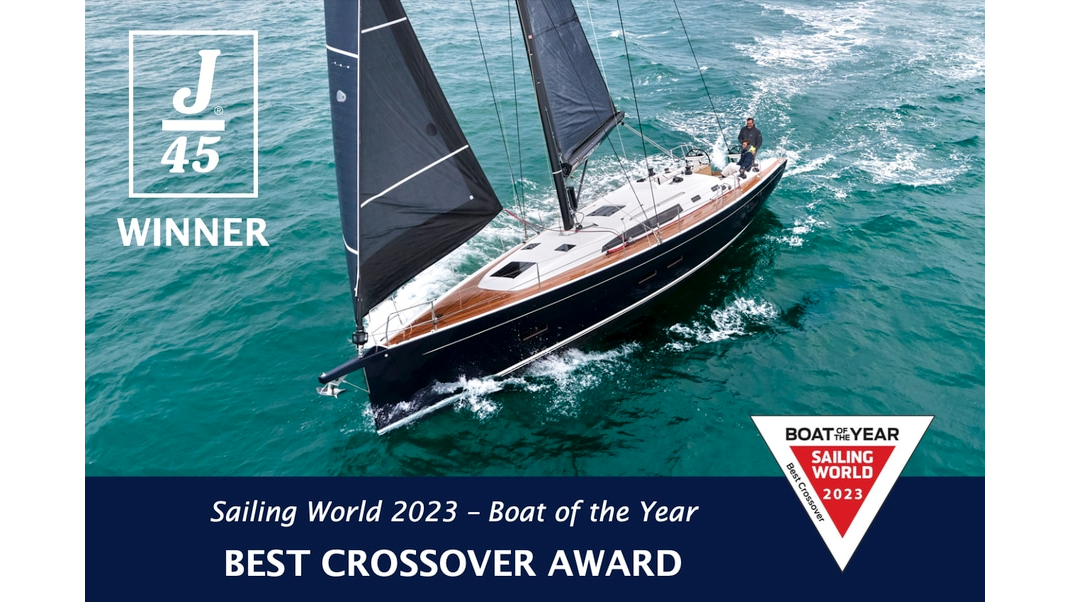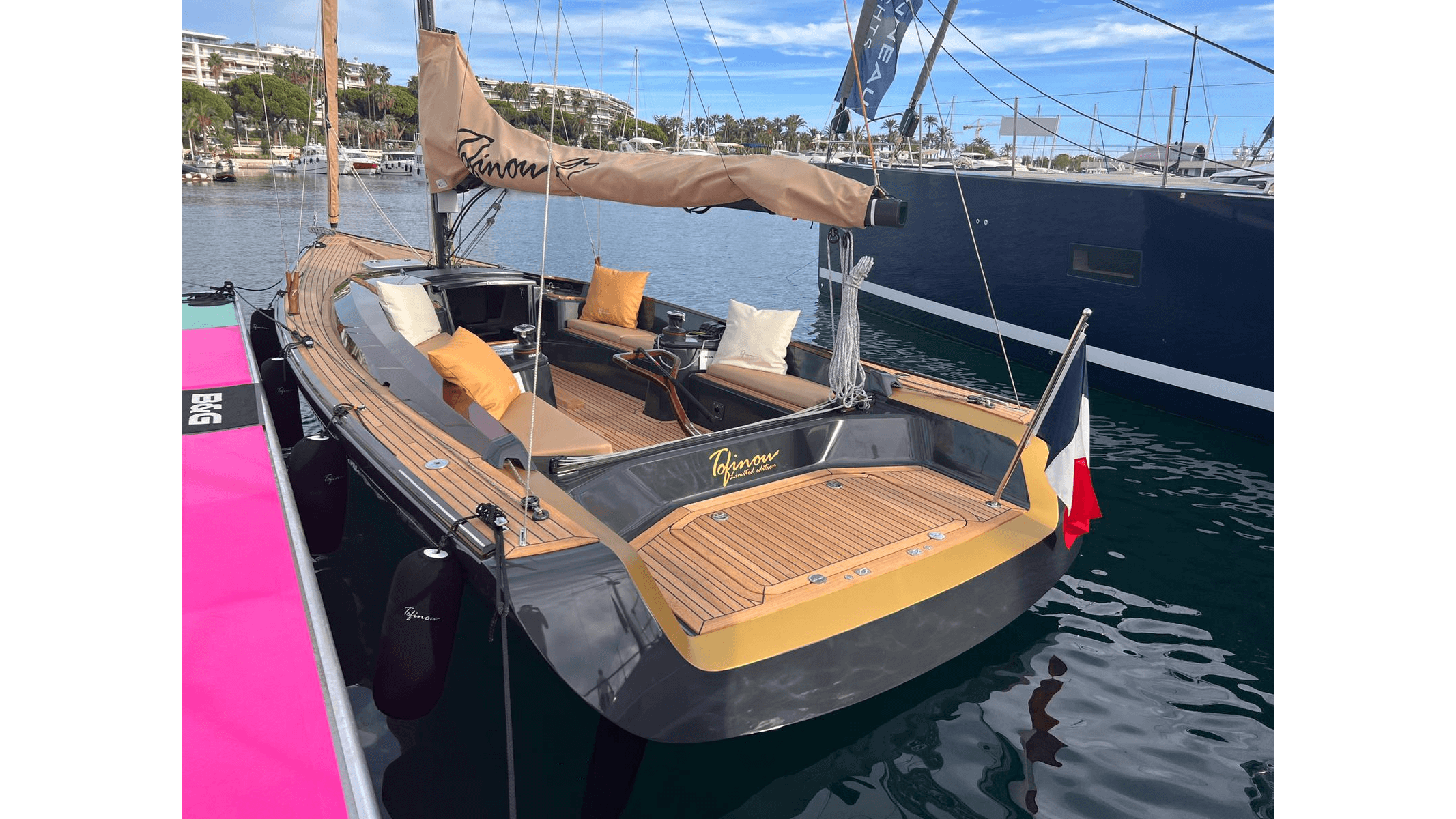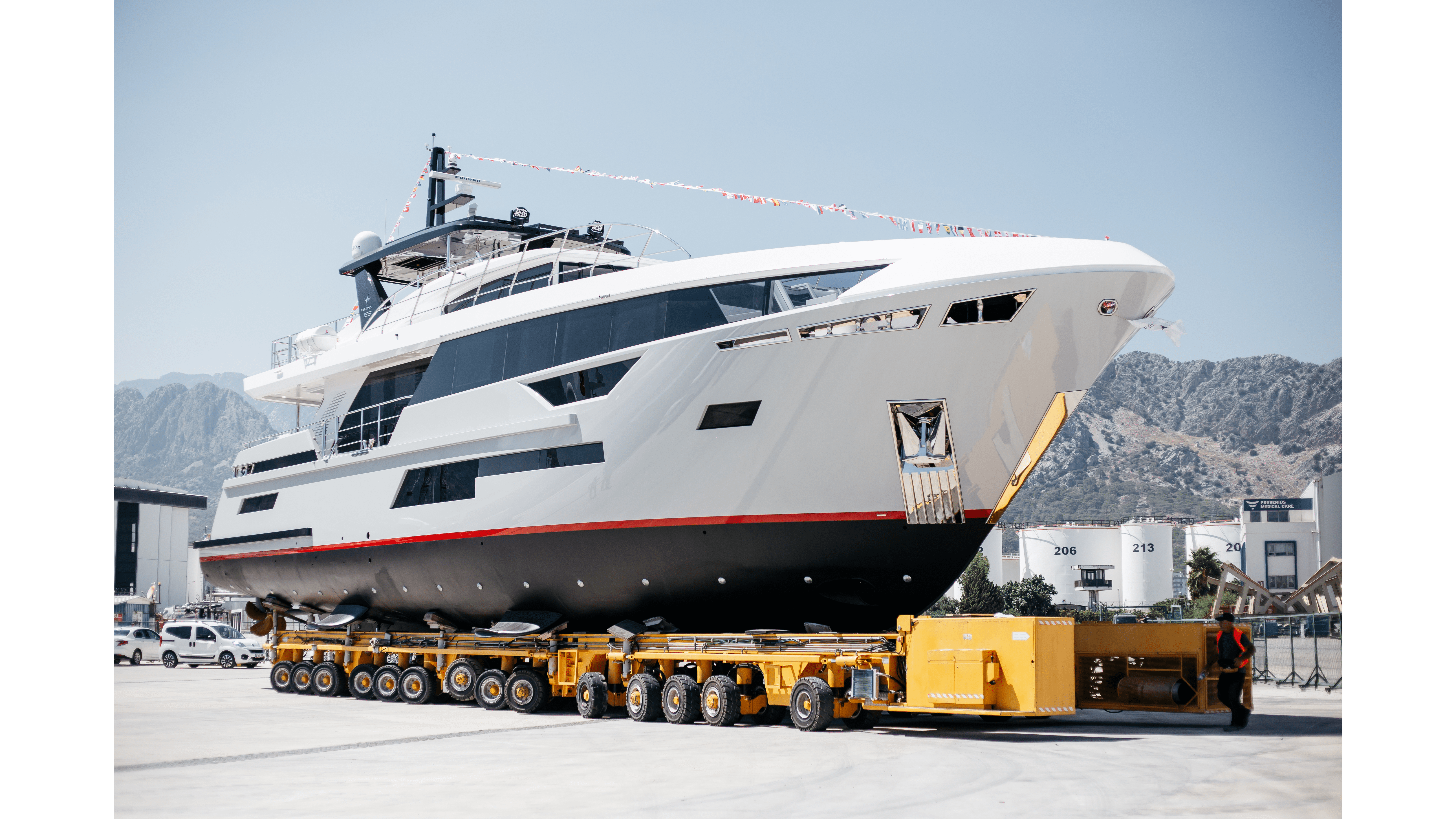There’s an adage that the two happiest days of boat ownership are the day you buy it and the day you sell it. If you remember the day you bought your first boat, or the time you first saw your future boat, you most likely would have seen a fair few other boats before deciding on the one you finally purchased. There would have been many decisions that contributed to your purchase, some technical, some financial, and others emotional.
As a brokerage, it’s our role to help our vendors and buyers navigate the yacht sales triangle, as best we can. The technical details are always very important as a key item to consider when looking to buy a boat. Most people who buy a car don’t really care too much about what makes it go, but this is different for the boat buyer. They want to understand as much as possible what they are buying, and there’s a lot more to consider.
Referring the three factors of consideration for a buyer, can be presented by the Yacht sales triangle below:
Getting all of this right can mean achieving a good sale timeframe and the best sale value of your boat for both the vendor and the buyer. If any of these three elements are lacking, it is difficult to compensate with the others, so attention to all is important.
Technical Aspects
Accurate details of the boat and all its options and fittings, along with detailed service history information, greatly helps the process of buying and selling journey of your boat. With near 100% certainty, several questions are raised by buyers during initial enquiries and often repeated during the buying and selling journey. Some of these are, and in no particular order:
- When was the last engine service performed?
- Can we see the service history for the boat?
- When was the last anti-foul/prop-speed application done?
- Was the anti-foul stripped back and reapplied or just a layer over the top of the old anti-foul?
- When was the last cut and polish completed?
To an educated eye, some of these questions can be answered from the first viewing. For example on an inboard engine boat, almost all buyers will find their way into the engine room for a look, even if they’re not well versed in what to look for, some of the obvious items that will be picked up include water in the bilge or worse, water pooling in areas and not draining into a bilge. Sometimes this is simply rainwater that can be easily explained, especially after long periods of rain. While I’m inspecting a vessel for a new client, I’ll dip my finger into any non-bilge pooling and do a quick taste test so I can be sure it’s only rainwater runoff. Oil in the bilge is another tell-tale sign an experienced buyer will look at, even if the engine(s) are clean. Some boat engines will express oil when under stress and not at other times, leaving an oily residue in the bilge.
Oily Bilge
This can be interpreted as a leading indicator of hidden costs if not adequately explained or addressed prior to a prospective buyer viewing the boat.
While we’re in the engine room, it’s important to also check the fire-retardant systems and look for anything that’s expired such as retardant tanks or extinguishers as this will appear as a caution on any survey report and may give a prospective buy pause.
Another tell-tale sign to check is any difference in the colour of the turbos versus the rest of the engine. To an informed buyer or surveyor, the change in colour tells the story of an engine that’s been driven very hard. It is highly recommended that you look very closely at the engines on any boat for several reasons, to assess the overall condition and to anticipate a surveyor’s impression, as the saying goes “you only get one chance at a first impression “.
A clean and maintained engine also means it has a clear image of engine serial numbers. As a licensed brokerage we have found this not only makes it easy to perform our pre and post-sale checks on the serial numbers, but also gives prospective buyers comfort in the security of the sales process.
Moving further aft and depending on the type of drive system the boat has; brokers, surveyors, and prospective buyers will be looking for indicators of good maintenance. For example, if the boat has dripless shaft seals, this will be an item of close inspection. We’ll look for flecks of graphite and any signs of water or corrosion in the area, along with the state of the clamps.
Leaky dripless shaft seal (Tides Marine type)
Leg drives are a little more difficult to visually assess until the boat is lifted during a marine survey, so accurate and professionally presented service records are important to have. The records of all work performed is of great value when selling your boat, especially if this is backed up with detailed receipts from qualified service providers.
A detail-oriented and knowledgeable buyer will inspect the service history, look up the engine manufacturer's recommended service intervals and compare that to your service records. They are looking for a good record of scheduled maintenance as opposed to servicing only when something went wrong. This is especially important for some types of drive trains, specifically IPS types that are very sensitive to proper servicing to avoid expensive unplanned repairs.
If a boat proceeds to a pre-purchase survey, the buyer may be offered the opportunity for oil sample analysis. This is a revealing procedure where an oil sample is taken and analysed for metallic contents. All oil samples will have some metallic content, and some are normal. However, some types of metals should not be found in oil samples and the oil sample report will details which parts of the engine have not been serviced properly and are subject to excessive wear. These oil samples are often a good way to find out if cheaper aftermarket parts, as opposed to originals, have been installed in the engines and drive systems during service work. This is also why it’s important to have qualified service professionals perform the service work on your boat as they will use the correct lubricants and materials as recommended by the manufacturer.
Moving to the outside, to present your boat well, it’s always best to have a nice glossy finish to the gelcoat. If running hands across the finish feels rough or leaves a chalky residue on your hands, this is something that will attract the wrong sort of attention. A chalky or dull gelcoat is generally perceived by a buyer as something they need to spend money on right away, or worse, that the current owner hasn’t cared for the boat. Whenever this is the case, I’m almost always asked how much it will cost to get a polish and to repair the boat’s surface. The result is the buyer is now conditioned to look for other areas of concern even before they’ve gone inside the boat.
Emotional Aspects
Presenting the interior of your boat is also critical for appealing to the emotional aspects of boat buying. At the very least, it needs to be clean and free from clutter. Buyers shouldn’t be distracted by items left lying about or unpleasant smells. They want to be in a discussion about where they’d put a coffee machine, or how many people they could invite onboard for drinks. Personally, I like to get more than one person to an inspection. For a family buyer, appealing to how they would experience their time on board is very important.
When we take photos of the boat for our marketing, we will often take two sets. One during the brightest and sunniest part of the day, and another at dusk with the lights on. This helps us create a sense of ambiance and comfort as at dusk, images always create a warmer feeling of the boat that appeals to the emotional aspects of boat buying. As such, lights that are missing or not working prevent us from presenting this emotional layer.
Clean toilets, sinks, carpets, tables, seating, and a nicely polished helm go a long way to creating the right picture for the buyer during an inspection. Any sleeping areas are best presented fully made up and to look comfortable and relaxing. Placing some appropriate cushions and spreads in the right places make a significant difference for little cost.
Many sales go unresolved because the interior of the boat was poorly presented, even though the technical and service aspects were good. Quite often we will get a family to come and look at a boat. We’ll see the children come on board and start looking around at where they would spend their time. I recall a golden moment when showing a young family a boat. Their young son said to his parents, ‘can we buy it please’. Afterward, his father said it was a mistake to have brought his son to the inspection as he was so persuasive and persistent, they were swayed towards that boat on that experience and decided to proceed with the purchase. This wouldn’t have been the case if the inspection was not as good as it was.
A good set of well-presented user manuals is extremely beneficial. I recall selling a boat that was first launched over 40 years ago. It was well maintained, had all the regular detailing done, and also had a complete set of manuals for the boat. Some of these manuals were printed and bound into a book from downloads, while others were the originals in great condition. This spoke volumes about the owner and their passion for their boat.
A good broker will work with you to ensure that your boat is shown in the most presentable state possible, as well as identify issues that should be rectified before presenting it to buyers. The preparation of a boat before the sale is equally important as the sales process. At Ensign, it’s always a pleasure to have an owner that works with us to prepare their boat for inspections. This ensures that we are able to make confident appointments for inspections with buyers, and can be confident in achieving a good sale price level.
Financial Aspects
A reputable brokerage will suggest pricing not only based on current market conditions and presentation of the boat, they will have access to a good set of historical sales data, both local and overseas. Will seek feedback and discussion from senior brokers and management within the brokerage. Then offer an informed opinion of the current marketable value of a vessel prior to engaging a vendor for the final listing procedures to market a vessel. This is why there may be a small delay in offering an estimated market price for a vessel on an initial vendor enquiry.
A good broker will have had many conversations with buyers and sellers about their journey boat buying journey and will build an understanding of the current state of financial conditions for the market. The information is refined throughout the sales process to keep the vendor updated on the progress of the sale.
Ensign Yachts have a large database of potential clients to introduce to new listings. Our brokers are constantly working to keep buyers informed of vessels that are potentially coming to market. After initial discussions, we meet with our prospective sellers in person to discuss and inspect the vessel, take initial images, and perform our own assessment of the boat. We will then present this potential listing internally to our team to determine the best estimated market price for the boat. The outcome we communicate to the vendor is based on decades of collective experience as well as current market conditions both locally and overseas.
To summarise, boat presentation is not simply a process of listing a vessel for sale. As a potential vendor, putting yourself in the position of a buyer and understanding what they would look for in a purchase helps frame the best way to present a boat for sale. It’s also important to understand that a boat purchase is often motivated by factors a vendor may not initially see. It is often surprising that for every boat, there is a potential buyer, and by understanding the triangle of technical, emotional, and financial aspects of boat presentation, buyers can be found. The process of selling can then be both predictable and rewarding for both parties.
About the Author – Raman Flawn
A Pittwater local, Raman knows the pleasures of getting out on the water and finding hidden bays to spend some special time with family and friends. Raman is enthusiastic about finding great outcomes for those wanting to enjoy boating and finding the right boat to suit everyone’s needs.
Raman has a professional background having spent more than 20 years at senior levels in the corporate technology sector Globally and within Australia.
With a passion for power boating, Raman has wealth of knowledge about how to find the right boat to suit your needs. “My main aim is to do everything I can to meet the needs of my clients. When boating is done right it becomes a part of life you really look forward to so I put a lot of effort into ensuring that’s the experience my clients achieve”.







